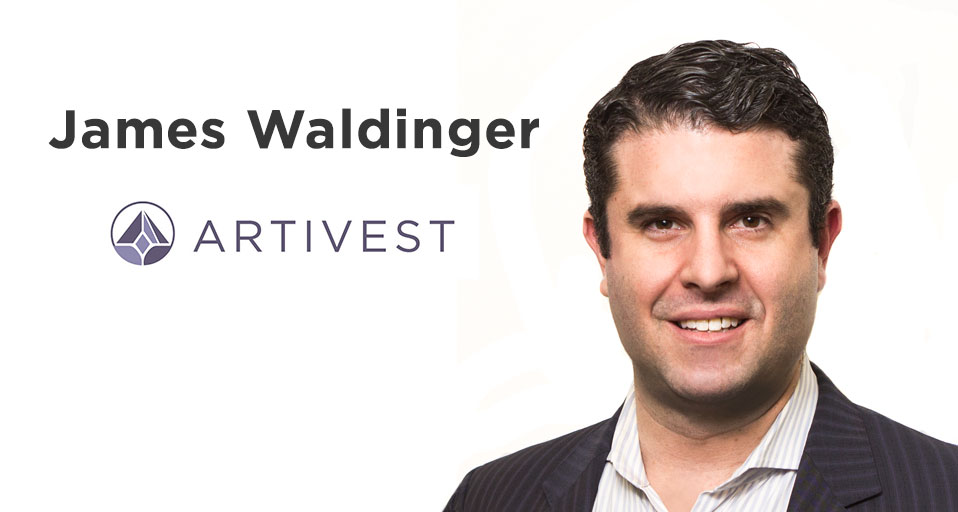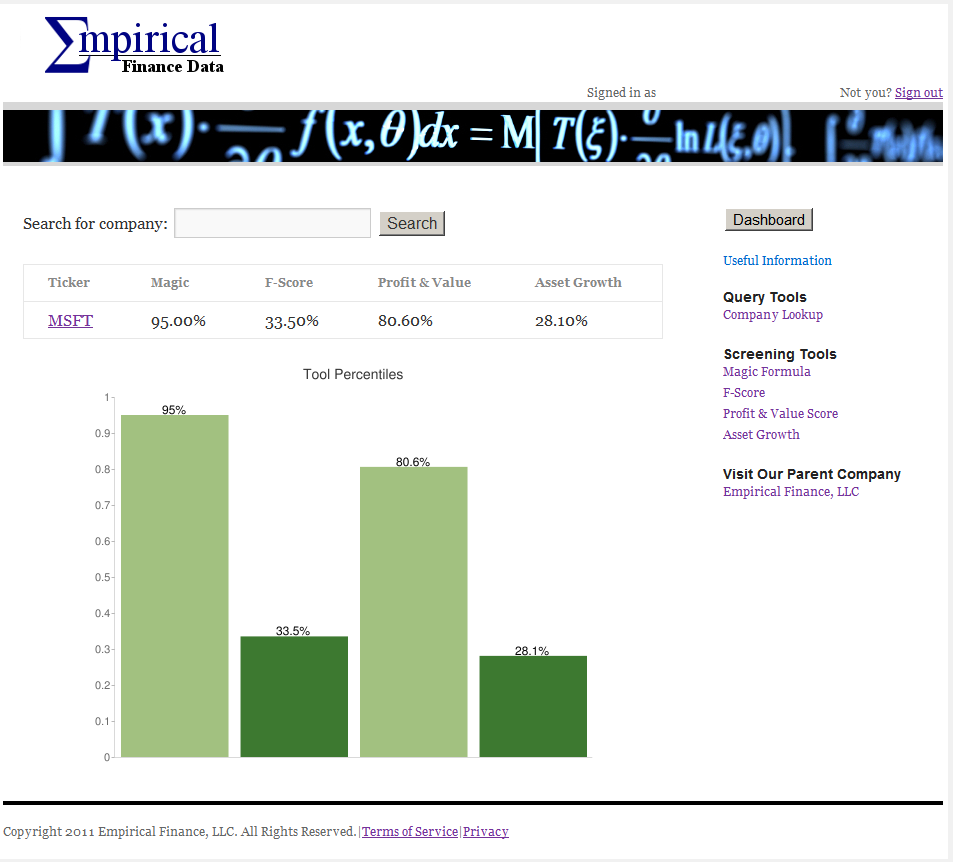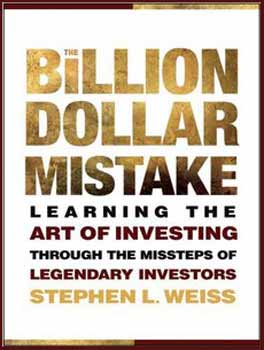Moving beyond the golf course: A resource guide to hedge fund LP marketing
5 trends we’re watching this week
How Murano helps hedge funds identify better, close more investors
[podcast] How today’s fund managers connect with interested investors — with Peter Hans
Imagine a world where regulation and compliance didn’t rule financial services with an iron fist. Ok, that’s never going to happen but certainly it’s fair to hope for an environment that makes it easier to market investments to high net worth investors. And to some extent, the system is trying to ease up a bit on the regulatory and compliance issues that have rankled the investment industry for decades.

New startup fintech companies may be focused on offering broader reach at a lower price point. But according to our next guest, this is somewhat misplaced. Fees in the industry have typically been high precisely because the cost of doing business is high. Peter Hans is the co-founder and CEO of Harvest Exchange — Peter explains that it’s expensive and long cycle to identify and acquire customers — especially as trends on the investment side encourage deeper diligence and more access to more information.
Harvest enables the conversations institutional investors want to have with their clients and makes them happen by connecting these investors to public and private communities. We’re not talking about Facebook for finance — we’re talking about 7000 top investors and investment firms (funds like 3rd Point and Highland Capital Partners) who are seeking tools to more efficiently communicate with existing and prospective clients and investors.
Peter and I talk about:
- why the asset management industry has been slow to adopt change and new technologies
- how some of the leading firms are beginning to use best practices, tools and techniques pioneered in other industries to better communicate, market, and ultimately, attract more investors and assets to their funds and products
Listen to the FULL episode
MORE RESOURCES
- Harvest Exchange (Peter’s firm)
EVEN MORE RESOURCES
Artivest’s James Waldinger on bringing private equity and hedge funds into the digital era
James Waldinger is the founder and CEO of Artivest.
What is Artivest? What was the genesis story (where did you come up with the idea)?
[dropcap size=big]O[/dropcap]ur mission at Artivest is to enable wealth managers, including financial advisors and family offices, and their qualified clients to efficiently access leading private equity and hedge funds. We are an end-to-end alternatives investment platform, starting with low-minimum access to a vetted set of managers and easy-to-understand online fund information, and ending with seamless monitoring capabilities and integrated reporting.

I came up with the idea when I was working at Clarium Capital, Peter Thiel’s hedge fund. I saw how institutional investors had access to premier private funds that individual investors didn’t, and also noticed how cumbersome and inefficient processing investments was, in terms of filling out subscription documents, managing distributions and reporting, etc.
Artivest solves both the access and the operational problem. We rely on expertise across technical, financial, legal, and operational areas to provide solutions that create an exceptional experience for advisors and clients, including:
- Access to in-demand private equity and hedge fund managers at lower minimums
- A single log-in for fund diligence, investment processing, capital calls, distributions, and ongoing individualized reporting including tax documentation
- Hassle-free online subscription document completion
- Integration with fund managers’ performance report providers
- White-glove service from our seasoned Investor Relations team
Our team has spent years building, testing, and refining our platform to remove the friction of and digitize the otherwise complicated, manual experience of private fund investing.
Why build Artivest now? What forces are conspiring to make this a smart offering in today’s market?
Fundamental shifts in the industry are creating new challenges for both fund managers and financial advisors. The Artivest platform addresses the imperative for both groups through a single innovative solution that facilitates engagement:
- Alternative fund managers are increasingly looking for solutions or products to reach the advisory community—increasingly, the fast-growing independent advisory community—as they recognize that the HNW channel is key to future growth. Private bank platforms have already demonstrated the opportunity. The independent wealth management channel is the next frontier, and fund managers who understand this shift are prioritizing it.
- For advisors, increased alternatives education and investment sophistication have sparked demand from investors for uncorrelated returns, varying liquidity profiles, and other portfolio solutions for today’s markets. These investors are looking for institutional quality investment choices.
In the past two decades, our society has upgraded our technology from desktops and pagers to tablets and smartphones. We do our banking online, we do our jobs online, we buy cars and homes online…yet, when it comes investing in alternative investment funds, the sector does things the same way they were done 20 years ago.
In a way, it makes sense that not many resources have been spent thus far changing the system. After all, investments in alternatives have largely been driven by institutions–a high-dollar, low-transaction volume business. However, these institutional-focused processes that private equity and hedge funds utilize to process investments, including customized pitch books and phone calls, travel, and cumbersome error-prone legal documents cannot scale to meet the needs of the large number of smaller sized investors that now seek these products.
As the demand for alternatives has expanded to the individual high net worth (HNW) market, the processes and infrastructure currently in place for most fund managers fall short.
Another example of where this plays out is with asset managers and private banks. We’ve found this group to be very interested in using Artivest’s platform to streamline their own fund operations.
You have a very strong group of investors, including KKR, who led your most recent round. What’s their play?
We are grateful and humbled by the support of our financial backers and partners. We believe our success thus far in attracting these premier partners is predicated on the scale of the opportunity we’re addressing, and, of course, the strength of our team.
Recognizing the evolving landscape of alternative fund managers looking to deepen their reach into the HNW channel, and the increased interest among advisors in accessing quality alternatives, our team relied on decades of collective experience in technical, financial, legal, and operational areas to create an innovative and integrated software solution.
The Artivest business team hails from well-established alternative investment managers, top tier banks, and advisory firms; while our technology team brings a Silicon Valley emphasis on design and usability not traditionally found in financial firms. Our executive team has decades of leadership experience across technology and finance. We believe that this level of talent and sophistication is uncommon for a young, venture-backed company like ours.
Who’s your target investor? What were their options before Artivest launched?
Many HNW individuals and advisors have traditionally avoided alternative offerings given the logistical obstacles in making an investment, particularly the cumbersome compliance, paperwork, and the challenges of finding investment opportunities at appropriate minimums.
As HNW investors have entered the alternatives space, the breadth of needs have expanded and products have begun to fill these new requirements. The fund of funds model addresses the HNW investor’s desire to pool money so they can meet the high minimums required to achieve diversification across private funds. However, we’ve seen downward pressure on the extra fees that accompany product structures like these in recent years. By tapping into technological efficiencies, Artivest aims to offer access to these types of products while keeping both minimums and fees competitive.
We are also very careful about the financial products we offer. One challenge in the space is the tendency to innovate too quickly on “trend” products before an economic cycle or two have proven out their results. Suitability is also an important consideration. It’s obvious that private equity funds are not for everyone. They are highly illiquid. In addition, not all private equity funds are the same.
As we bring these products to the HNW market we’ve been very focused on providing a carefully vetted selection of funds. We’ve worked with regulators to build comprehensive know your customer (KYC) and compliance infrastructure to ensure that these products are only made available to suitable investors. We see liquid alternative versions of PE and other variations; there’s certainly room there to innovate, but we strive to build products that bring real benefits to our partners and investors and that takes time to do it right.
What kind of tools do you provide investors with to help them choose funds?
Artivest presents each fund in a straight-forward, consistent, and transparent manner. The strategy, team, market, performance , terms, and fees are all clearly displayed so advisors and their clients can quickly and easily access relevant information. In addition, we provide full versions of the PPM and tear sheets in a secure data room. Advisors are able to securely share this information with their clients through our platform.
Additionally, we are focused on advisor and investor education; our investment research team is available to explain investment diligence in detail. We also create white papers, primers, and other content to help educate those who may be new to the asset class or a particular strategy.
What’s next in the product/service? Where are you headed with the business?
As funds look to access the rapidly growing HNW market, we will see innovations around the different needs of these individual investors versus their existing institutional clients. Two of the most important distinctions between these groups are tax treatment and time horizon. For example, an institution may have a 200+ year investment time horizon while that of individuals and families is typically shorter.
We’ve already seen this demand for increased liquidity result in the development of liquid alternatives. This is just one example. Other products, such as those optimized for individual tax treatment, will continue to surface as HNW demand continues to grow.
Another trend is the increased sophistication of the HNW space and the resulting development of niche needs. For example, we’ve seen an increased demand for co-investments as individuals either understand individual investments better or have portfolio needs specific to their own risk profile or financial situation. As we remove the inefficiencies associated with one-off deals we will see granular choices become more and more economically feasible.
Artivest aims to be the destination for alternative investing. We have custom-designed our investment platform to serve the unique needs of clients, including investors, advisors, private banks, and asset managers. For example, the Artivest platform helps larger advisory platforms work more efficiently with their advisor network, and aids fund operations activities for private banks and asset managers. Through our consultative relationship with these clients, we have built tools to streamline their marketing, reporting, and workflows.
Finding a job in finance in today’s market
I’m not going to pussyfoot around it: it’s tough to find a finance job in this market.
Whether you’re on Wall Street, working the buy side, or a recent (or soon-to-be) grad looking to break in — we’re in a contractionary cycle for finance jobs.
That means any existing jobs are more competitive and take longer to land.
Many Wall Street jobs have disappeared (as have the firms that employed thousands of people). Hedge funds have had a tough couple of years, some shuttered.
Tough going but you CAN find a job on Wall Street
The job landscape may be changing for Wall Street and the jobs may not be where you’d expect them to be. But there’s still PLENTY OF OPPORTUNITY for aggressive and driven people who want to make a go at it and work in one of the most rewarding industries known to man.
I’m going to help you do it.
4 Days to a Better Job: The 2012 Financial Career Bootcamp
That’s why I’m hosting the 4 Days to a Better Job: The 2012 Financial Career Bootcamp.
I’ve assembled some of the top experts with real-life experience helping professionals (young and more experienced) find their careers on Wall Street, in NYC, in Stamford, wherever people are employed in finance.
No BS — these are people who walk the talk. They’ve literally helped thousands of people build successful Wall Street careers over the past 2 decades.
We’ll focus on practical, actionable advice that will bring you one massive step closer to getting what you want.
I hope you decide to join me and students/graduates from schools like Harvard and UCLA Business Schools February 13-16 for an entirely online event, 8 sessions focused on practical advice to help you further your finance career — or get it jumpstarted.
You can read more about the event here.
Feel free to get in touch if you have any questions about the event.
Speculating on future news using social media (webcast)
There’s a flurry of activity in development of technologies, tools and platforms to help investors predict future events using social media. Recorded Future hosted a webcast yesterday demonstrating its platform. This fertile ground will continue to be the subject of more research and investment (heck, I wrote an entire book on it).
I interviewed Recorded Future on my podcast, Recording the Future Using Social Media. While the user interface isn’t yet going to win very many individual investors over, the company is making a lot of headway in working with institutional investors on more customized solutions.
Mistake-driven learning and the investment process
If done correctly, investing is an iterative process. One that is experienced. Obviously, if one puts everything he owns into a high-flying cloud technology stock and blows himself out, that process is stunted. Part of being an investor is playing defensively enough to continue building on past wins.
I recently had the chance to sit down with Stephen Weiss, author of Billion Dollar Mistake: Learning the Art of Investing Through the Missteps of Legendary Investors and a very experienced executive on Wall Street. Here’s what he shared about learning from mistakes:
What do you learn more from looking at mistakes than maybe looking at successful trades?
Weiss: Well, what I found through my career and observing others is that the best investors I ever got to know, the one’s I covered through my career, and I think I have covered a hall of fame of investment professionals, was that they spent more time dissecting their mistakes so they wouldn’t repeat them, than dissecting the victories, the winning investments. They seem to resonate more, and they are much more aggravating. When you make money on stock, or on an investment theme, you pat yourself on the back and say, “OK, let’s move on.”
You do have your discipline, and you follow that discipline, but when you make a mistake it really resonates because it has cost you money. And whether it’s blow to your ego, or a blow to your wallet, generally it’s both, you want to make sure you don’t do it again. It’s, “How can I be so stupid? How did I do that?” If you can keep that mental list, or in some cases, like I do a written checklist, and say, “You know what? I’m not going to do that again, I found it’s made me money by not costing me money.”
I think that’s so interesting, so insightful. As I was reading through the book, and I was thinking about the approach, a lot of times, successful trades, it’s unclear whether they are based on skill or on luck, you know? But at least with a losing trade, you now have an opportunity to say, “Hey, what went wrong? How could I have been more skillful in that trade?”
Weiss: Yeah. Absolutely right, and mistakes, if you can take the mistakes out of your process, you do well. It’s no different than we just saw in the Super Bowl. So, guess what? The team that won made fewer mistakes. Steelers turned it over, interceptions, fumbles. Green Bay was mistake free, essentially, so they came out on top. I don’t think it’s any different in investing.
Humans and Machines Both Reign Supreme: Takeaways from the Battle of the Quants
As markets gyrate, investors continuously hear two diverging voices in their heads.
Matt Dillon (voice of Confidence): Yo, Johnny. My strategy rocks and I’m in it for the long hall. I’ve looked over my allocations and they make sense. I mean, I know what I’m doing here and everything is under control.
Woody Allen (voice of Self-Doubt): When I began implementing my
strategy, I was sure. Oh, was I sure. But now? I dunno. Am I headed in the right direction? Is volatility too much for me?
Well, the investing kings of the universe also suffer from these opposing forces. Put differently, quants need to balance the confidence needed to put millions of dollars behind an algorithm they’ve designed and think works versus the fear that if things hit the fan, they’re just a congressional meeting away from notoriety.
Luis Lovas had a great article recounting a meeting that occurred last week, The Battle of the Quants.
The afternoon’s main battle was a panel that pitted a quant team dedicated to automated algorithms against a team that (presumably) considers human discretionary decision making as a better tool for alpha. In other words, like the Jeopardy challenge of IBM’s Watson, it was human vs. machine. That particular event I was completely fascinated by. An interesting pre-game commentary relates the Jeopardy match to the Singularity by author Ray Kurzwell, a convergence of human and machines. In the battle pitting algo’s against humans the outcome was decided by an audience vote. The voting was not simply two choices: “for the machines” or “for humans”, but a third choice was offered more aligned with Ray Kurzwell’s Singularity – “a combination of human and machine decision making”. As you might have guessed, that third choice was the overwhelming favorite. I believe the majority have the confidence to let machines decide many things but are wanting of human intuition or that proverbial finger on the button as a measure of risk control so fear does not overwhelm.
Kinda like me flying in an airplane. I know the technology has been good enough for decades to replace a human pilot. But I’m happy that someone is sitting there. Just in case.
And hopefully it’s Sully.
And hopefully the pilot is sober.
Source
Confidence and Fear: Why Quantitative Models Win (High Frequency Traders)













